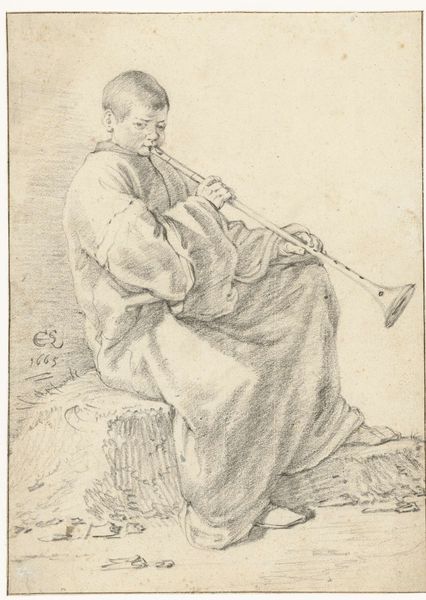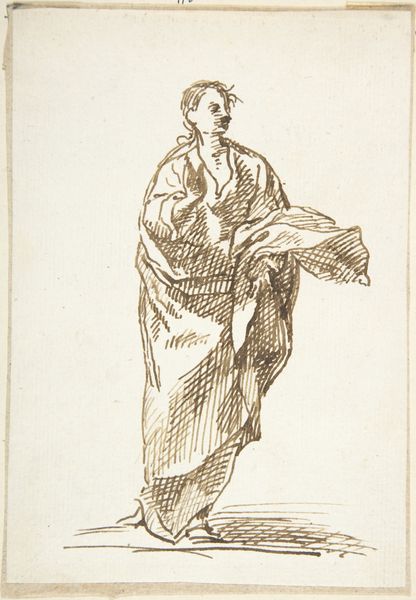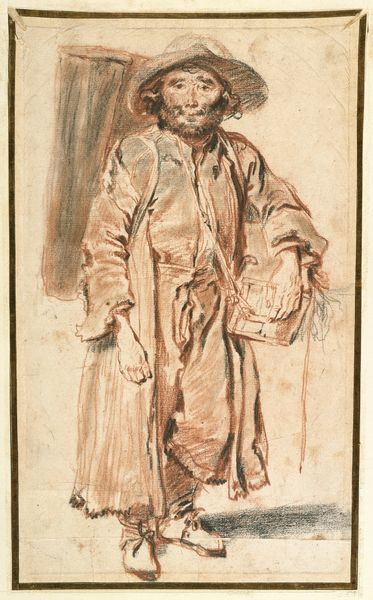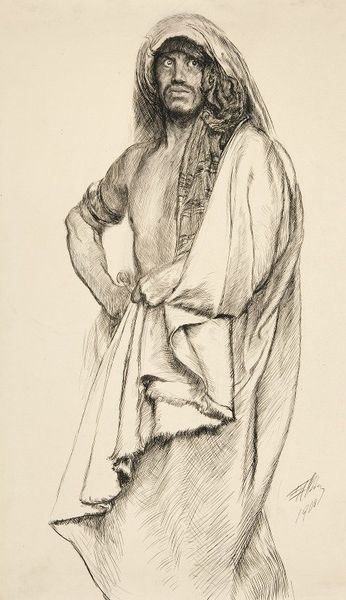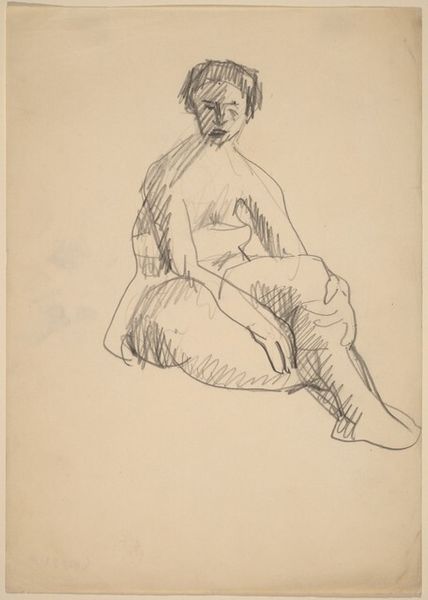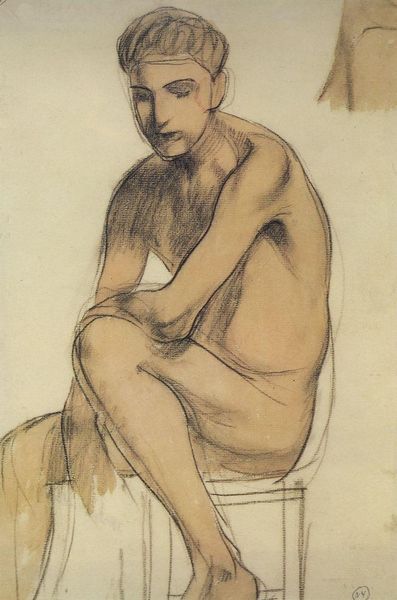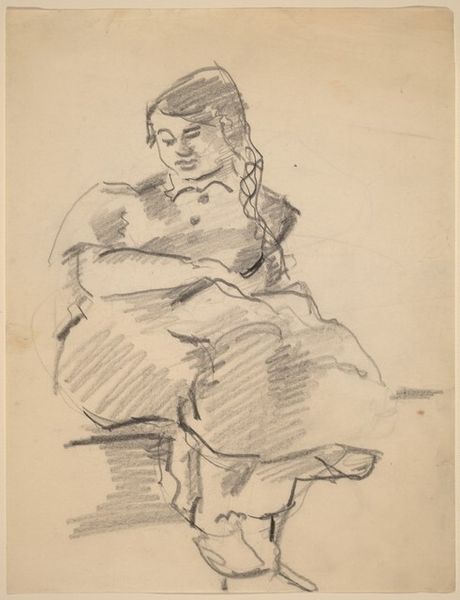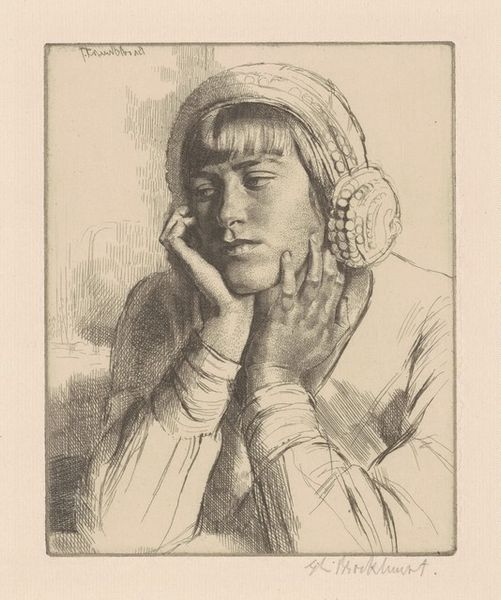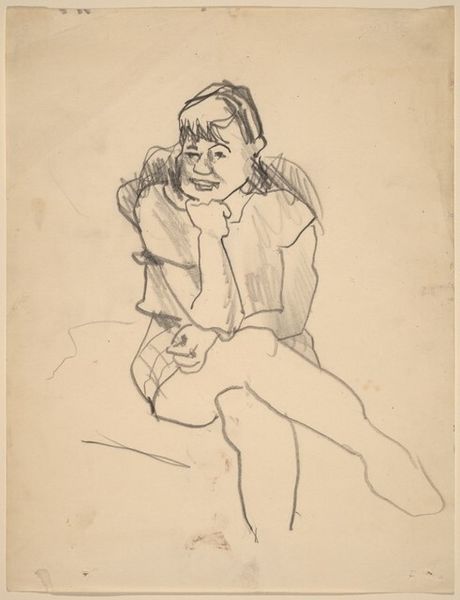
drawing, coloured-pencil, dry-media, charcoal, pastel
#
portrait
#
drawing
#
coloured-pencil
#
charcoal drawing
#
dry-media
#
charcoal
#
pastel
Copyright: Zinaida Serebriakova,Fair Use
Editor: Here we have Zinaida Serebriakova's "Portrait of a Young Fisherman," created around 1934 using what looks like charcoal and colored pencil. I'm struck by how directly he's looking at the viewer. What can you tell us about this drawing? Curator: This portrait provides an interesting lens through which to consider the romanticization of labor during the interwar period, particularly in representations of youth. What social narratives do you think this image engages with? Editor: I guess I see how it’s elevating this young fisherman, making him almost a symbol… but of what, exactly? Of the dignity of work, maybe? Curator: Precisely. Images like this often surfaced as a visual counterpoint to the perceived decadence of urban life. Consider the socio-political climate of the 1930s. How might a portrait celebrating youthful labor resonate with the viewers of the time, in contrast to those displaced by conflict? Editor: So it’s not just about the individual, but also about promoting an idealized vision of society through that individual's image. The fisherman becomes an icon. Curator: Exactly! And think about how the choice of media -- colored pencil and charcoal, often associated with sketches -- affects our perception of this portrait. Does it appear "finished" or does it evoke a sense of immediacy and accessibility, potentially reinforcing the idea of the fisherman as an "everyman?" Editor: I see what you mean; the less formal style makes him relatable. I hadn't really considered that connection before. Curator: That's the beauty of historical context. It illuminates the ways in which art participates in larger conversations about identity, labor, and national ideals. Editor: I learned a lot from considering this artwork. Thank you.
Comments
No comments
Be the first to comment and join the conversation on the ultimate creative platform.


